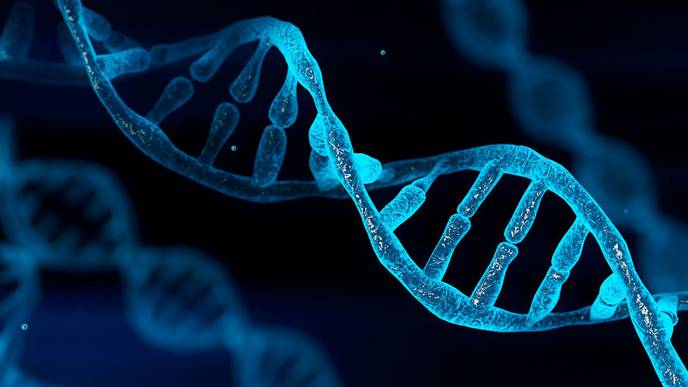ReachMD
Be part of the knowledge.™Secrets of Human Genetics Could Optimize Medical Care

In a study that bridges human evolution and modern medicine, researchers have shed light on the genetic marvels of adaptation among high-altitude populations. The research may ultimately pave the way for innovative approaches in treating respiratory diseases.
The study was led by Dr. Tatum Simonson, founder and co-director of the Center for Physiological Genomics of Low Oxygen at the University of California School of Medicine.
Focus of the study
In Dr. Simonson’s lab at UC San Diego, her team set out to investigate whether there may be a genetic explanation for why some people with sleep apnea or pulmonary diseases such as chronic obstructive pulmonary disease (COPD) fare better than others.
“There are people with COPD who breathe a lot and maintain a higher oxygen saturation. Others with the same disease don’t breathe as much, and their oxygen saturation is low,” said Dr. Simonson.
“Researchers suspect there may be genetic differences underlying this variation, similar to the variation we find in pathways important for oxygen sensing and responses underlying natural selection at high altitude.”
Human adaptability
The research is centered around the discovery of a genetic variant that is prevalent among certain Andean populations. These individuals possess an extraordinary ability to thrive in the oxygen-scarce environments of high altitudes.
The genetic variant, associated with a lower red blood cell count, stands as a testament to human adaptability, revealing how specific populations have evolved to evade the potentially lethal condition known as excessive erythrocytosis (EE). This condition – characterized by an overproduction of red blood cells – poses significant risks, including increased blood viscosity that can lead to stroke or heart failure.
EPAS1 gene
The researchers analyzed the regulation of the EPAS1 gene, which is instrumental in managing hemoglobin concentrations and the body’s response to low oxygen levels.
The EPAS1 gene is critical for the survival of mountain-dwelling Tibetans against the adverse effects of high altitudes. It has been inherited from ancestors who intermingled with archaic human populations tens of thousands of years ago.
Distinct mutation
The team has now identified a distinct mutation within the EPAS1 gene that is exclusive to Andeans. By analyzing Andean genomes, the researchers found that the genetic change – which alters only a single amino acid in the protein product – happened by chance about 9,000 to 13,000 years ago and spread very quickly through hundreds of generations within the Andean population.
Similar to Tibetans, the EPAS1 gene is associated with lower red blood cell count in Andeans. However, it works in a completely different way. The Andean variant alters the protein’s genetic makeup rather than its expression levels.
“Tibetans have, in general, an average lower hemoglobin concentration, and their physiology deals with low oxygen in a way that doesn’t increase their red blood cells to excessively high levels. Now we have the first signs of evidence that Andeans are also going down that path, involving the same gene, but with a protein-coding change. Evolution has worked in these two populations, on the same gene, but in different ways,” said Dr. Simonson.
Broader implications
This discovery not only underscores the diverse evolutionary strategies employed by humans to adapt to extreme environments but also highlights the potential for these genetic insights to inform medical practices. By understanding the mechanisms through which these adaptations occur.
“This paper shows one gene associated with one particular phenotype, but we think there are many different genes and components of oxygen transport involved,” said Dr. Simonson. “It’s just one piece of that puzzle, and could provide researchers with information relevant to other populations.”
“In precision medicine, it’s important to recognize variation in genetic backgrounds, specifically in historically understudied populations.”
“If we can find some shared genetic factors in populations in an extreme environment, that may help us understand aspects of health and disease in that group and groups more locally. In that way, this study aims to push research forward, and towards comprehensive personalized medicine approaches in clinics here in San Diego.”
The study is published in the journal Science Advances.
Like what you read? Subscribe to our newsletter for engaging articles, exclusive content, and the latest updates.
—-
Check us out on EarthSnap, a free app brought to you by Eric Ralls and Earth.com.
Facebook Comments